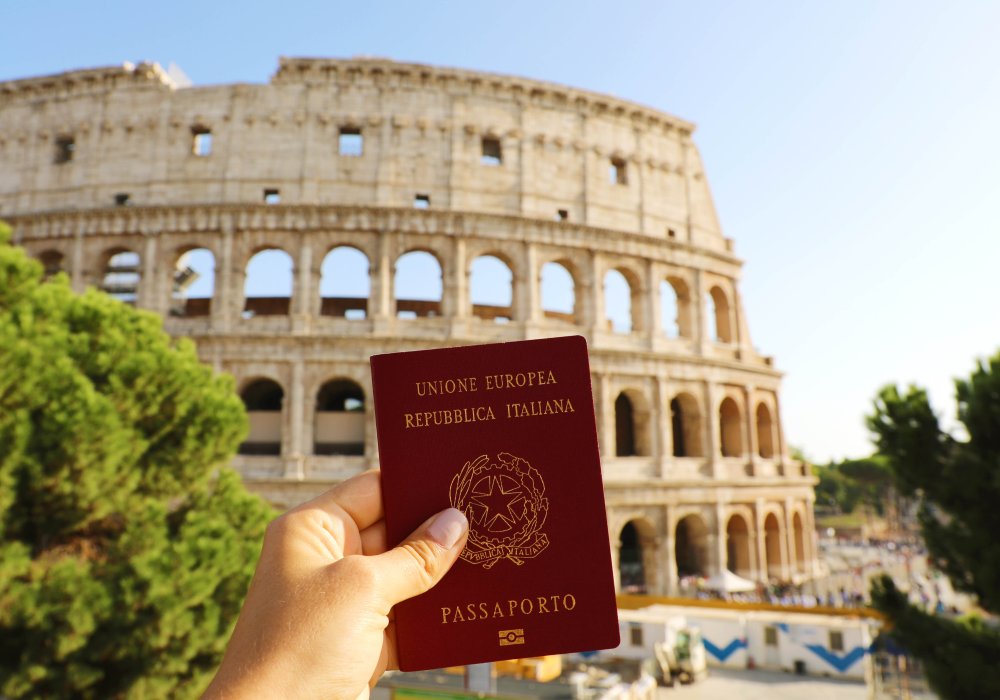Opening The Door to Italian Dual Citizenship
Some opportunities don’t just add convenience — they reshape how you live. A second passport is one of those rare chances. It’s not only about faster lines at airports or having more stamps in your collection. It’s about unlocking choices: where you can work, study, retire, or even where your kids will grow up.
When we talk about Italian dual citizenship, we’re not talking about a distant legal concept. We’re talking about an option that can change the rhythm of your daily life. Whether it’s reclaiming a piece of family history, securing freedom to live anywhere in the EU, or giving your children a head start, the impact is tangible.
Most people think the process is too complicated even to try. That’s where many stop. But here’s the surprise — while it takes patience and paperwork, the pathway is more structured than you may expect. In the next sections, we’ll walk through how you qualify, what documents you’ll need, why it’s worth the effort, and how to make the journey practical rather than overwhelming.
This isn’t theory. It’s a roadmap that could give you more choices, more flexibility, and more control over your future.
How To Check If You Qualify for Italian Dual Citizenship
You start by checking your family tree. You look for Italian-born ancestors, dates of birth, and marriage records. You ask if anyone naturalized before the next generation was born. If yes, that may block a claim. If not, you may have a straight path. You should also check name spellings and places — small errors can slow things down. Gather birth, marriage, and death records for each link in the chain. Be ready to translate and apostille documents. If you’re adopted or have changed names, that requires special checks. Let’s be honest: the rules are strict but fair when your paperwork lines up.
- Request civil records from local towns or consulates.
- Confirm naturalization dates or absence of them.
- Keep digital copies and a folder for originals.
What Documents You Need and How to Organize Them
You’ll need a clear list: birth certificates, marriage records, death records, and proof of non-naturalization. Each document should show full names and dates. Translations and apostilles will usually be required. Scan documents early to avoid lost time. Label each file with the person’s name and relation to you. Organize by generation — that makes checking links easier. Make a simple checklist and tick items off as you get them. If a record is missing, start with local archives or registry offices. Sometimes a short affidavit can bridge gaps, but courts may be needed for older issues.
- Create a generation-by-generation folder system.
- Get certified translations ready in advance.
- Keep copies, both physical and digital.
Why Pursue Dual Citizenship: Real Benefits to Consider
You gain the right to live anywhere in the EU, not just visit. You can work, study, and access public healthcare in many places. You also open doors for children and future generations. There are tax and banking differences to know, so plan with a pro if money is involved. For some, it’s about identity — keeping a family link alive. For others, it’s practical mobility. Weigh the benefits against time and fees. If you travel a lot or plan a long-term relocation, the gains are clearer. If you just want occasional travel ease, weigh costs first.
- Freedom to live and work across EU member states.
- Access to local education and healthcare systems.
- Long-term security for future generations.
How To Apply Step by Step (Practical Roadmap)
Start local: check your consulate’s rules and waiting lists. Book an appointment early — slots fill fast. Complete any consular forms exactly as asked. Bring originals and certified copies to your appointment. Expect back-and-forth: authorities often ask for clarifications. Follow up politely but persistently. If your case is complex, consider professional help — a specialized lawyer or agent saves time: track dates and responses in one central place. Celebrate the small wins: a completed form, a received document. It helps keep energy up.
- Book a consular appointment and list the required items.
- Prepare translations and apostilles in advance.
- Track every submission and reply in a single log.
Next Steps and How We Help
We’re ready to help you map your next move. We’ll review your checklist, point out likely gaps, and suggest a sensible order of tasks. Our goal is to make the process less scary and more doable. If you choose to proceed, start by collecting the basic documents we’ve outlined. Keep copies and start a simple timeline. We’ll support clarity and steady progress. Ready to take the first step? Let’s get your documents in order and make a realistic plan together.
Reach out for a quick review of your document list and a simple roadmap. We’ll keep things practical and honest, and help you move forward with confidence.





